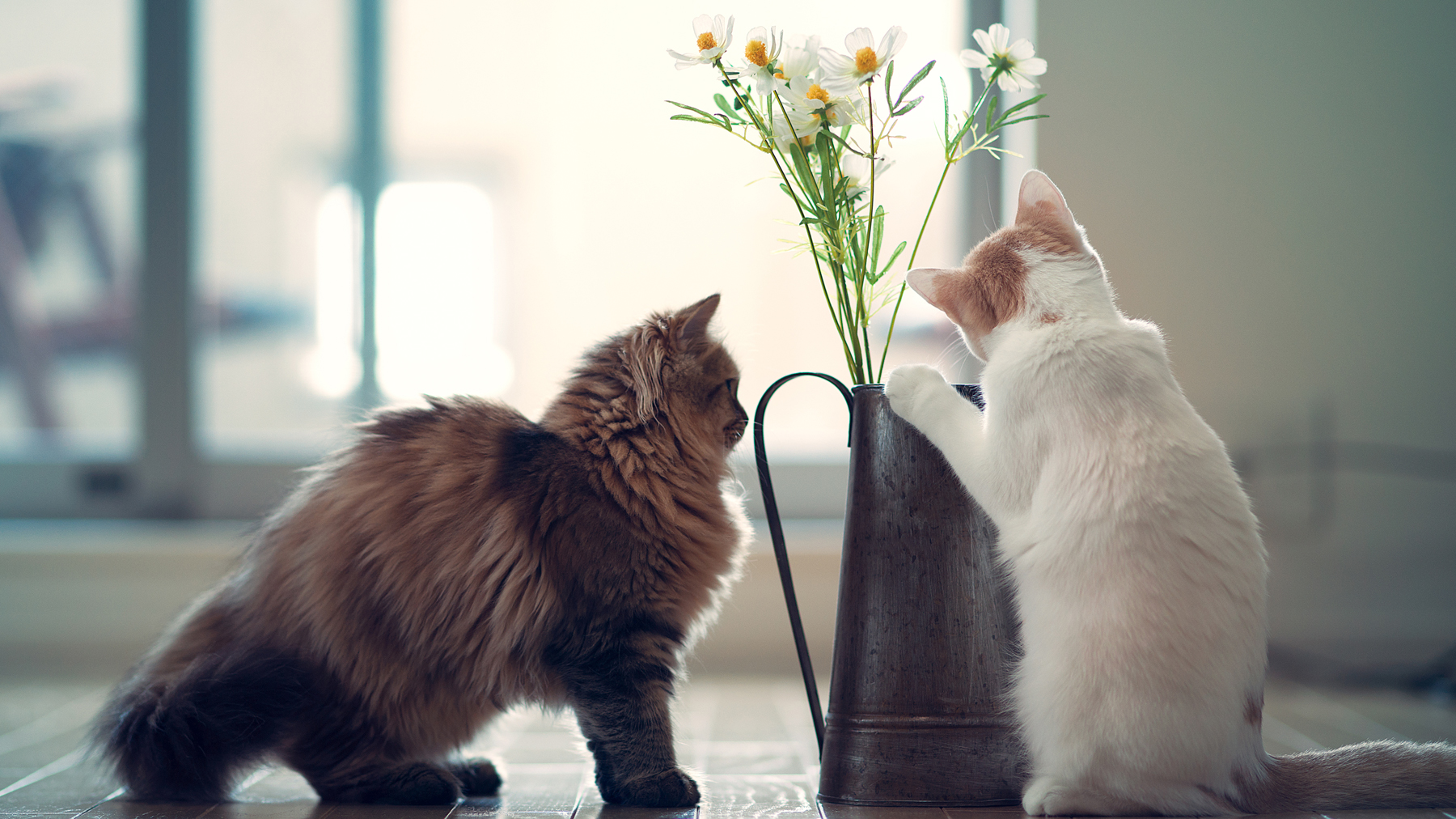Thinking about starting a multi-cat household? Cat expert shares the trick to doing so smoothly
Want to ensure you have a purrfectly harmonious home? Animal behaviorist covers the groundwork for you

If you’re already the owner of one cat then the allure of a multi-cat household can be very tempting. However, the logistics of introducing new feline members to your existing pride does require some forward planning.
The feline species are territorial creatures, and introducing a new feline member to your existing can disrupt the established hierarchy, causing stress, anxiety, and potential hostility, leaving you worrying about additional issues such as how to calm an aggressive cat. Also, if they refuse to share essentials such as treats, food or the best cat toys, you'll begrudge having to fork out on extras.
Without a carefully planned introduction process, cats may display behaviors like hissing, swatting, or even physical altercations. It's crucial to approach this transition with patience and a clear understanding of each cat's unique personality and needs to minimize potential risks and ensure a smoother integration.
The answer, according to cat expert Amanda Tong from The Animal Behaviour Academy, lies in a method that's both gradual and strategic.
A post shared by The Animal Behaviour Academy (Cat Behaviour) (@theanimalbehaviouracademy)
A photo posted by on
In a video shared to Instagram, Tong says that cat scientists, on a quest to decode the intricacies of inter-cat aggression, embarked on a study published in Applied Animal Behaviour Science that illuminates a crucial pathway for smooth introductions.
What they found was that a gradual approach significantly reduces aggression among feline friends, as opposed to abruptly placing them together. While aggression often manifests as biting and scratching, other signs such as hissing, swatting, and chasing signal discomfort and unease in cats.
"This gradual introduction uses a method called desentization which means giving your cat time to get used to various elements of the new cat such as the smell," explains Tong. This is a common method used to reduce separation anxiety in dogs.
Get the best advice, tips and top tech for your beloved Pets
She notes that while many cat advice blogs and forums touch upon this approach, they often move onto the next step of integration too fast overlooking whether or not both your cats feel at ease. Tong underscores that rushing through the initial stages can exacerbate aggressive behavior, especially if your cat is still reactive.
The study that Tong refers to in her video also reveals that resident cats often display fear or territorial aggression, which stems from stress. Hence, Tong emphasizes the importance of refraining from punishing your resident cat.
Instead, approach the process with patience, understanding, and a commitment to ensuring their comfort throughout the transition. Introducing new things slowly is just one of the helpful ways to calm down a scared cat.

Jessica holds a journalism degree from Cardiff University and has authored articles for renowned publications, including PetsRadar, Fit&Well, LiveScience, Runner's World, The Evening Express, and Tom's Guide. Throughout her career in journalism she has forged connections with experts in the field, like behaviorists, trainers, and vets. Through her writing, Jessica aims to empower pet owners with accurate information to enhance their furry companions' lives.
